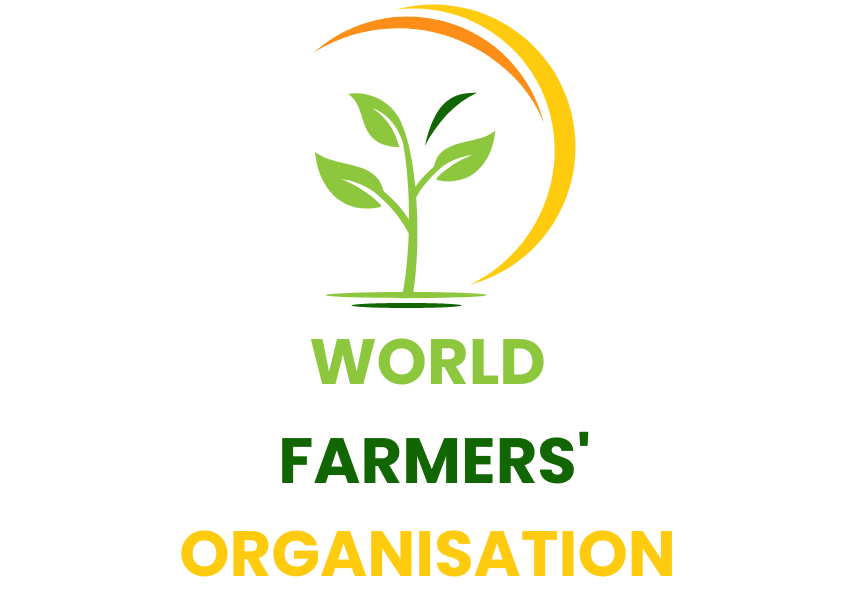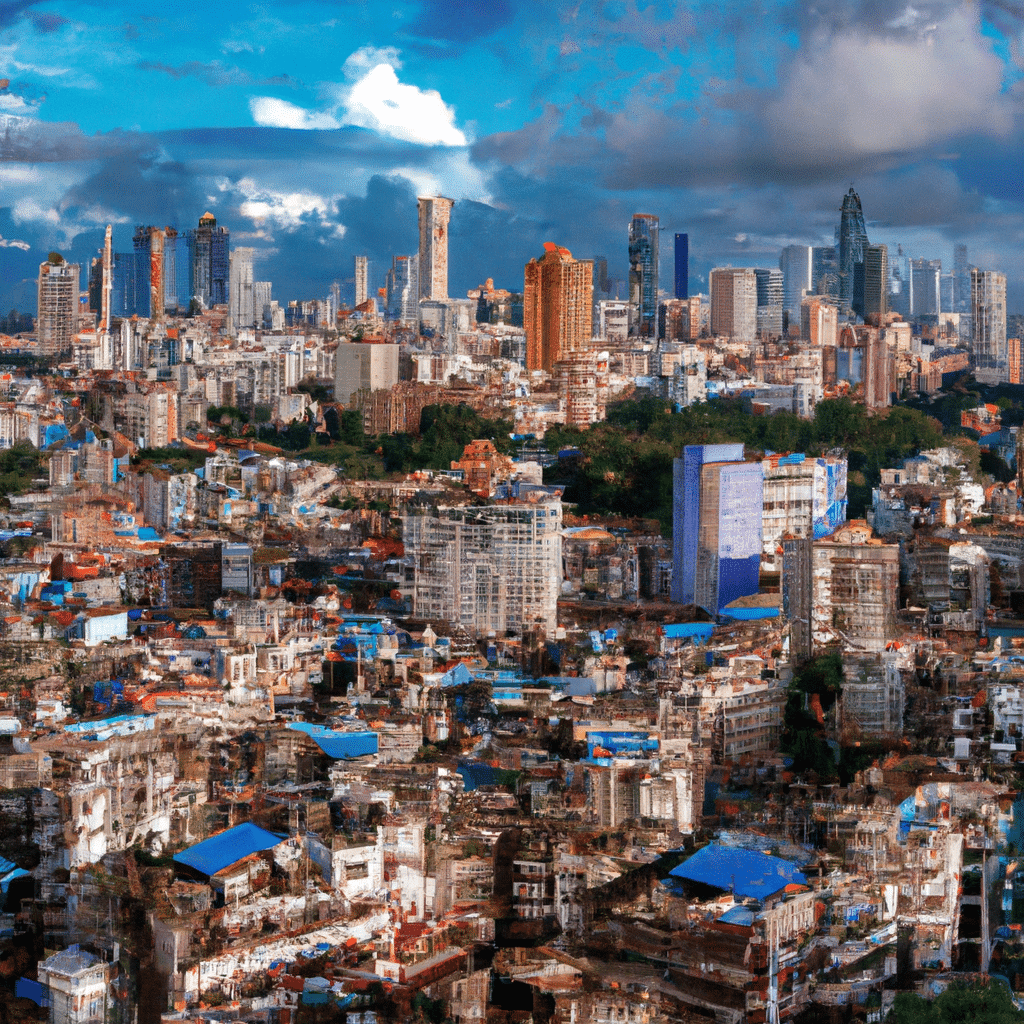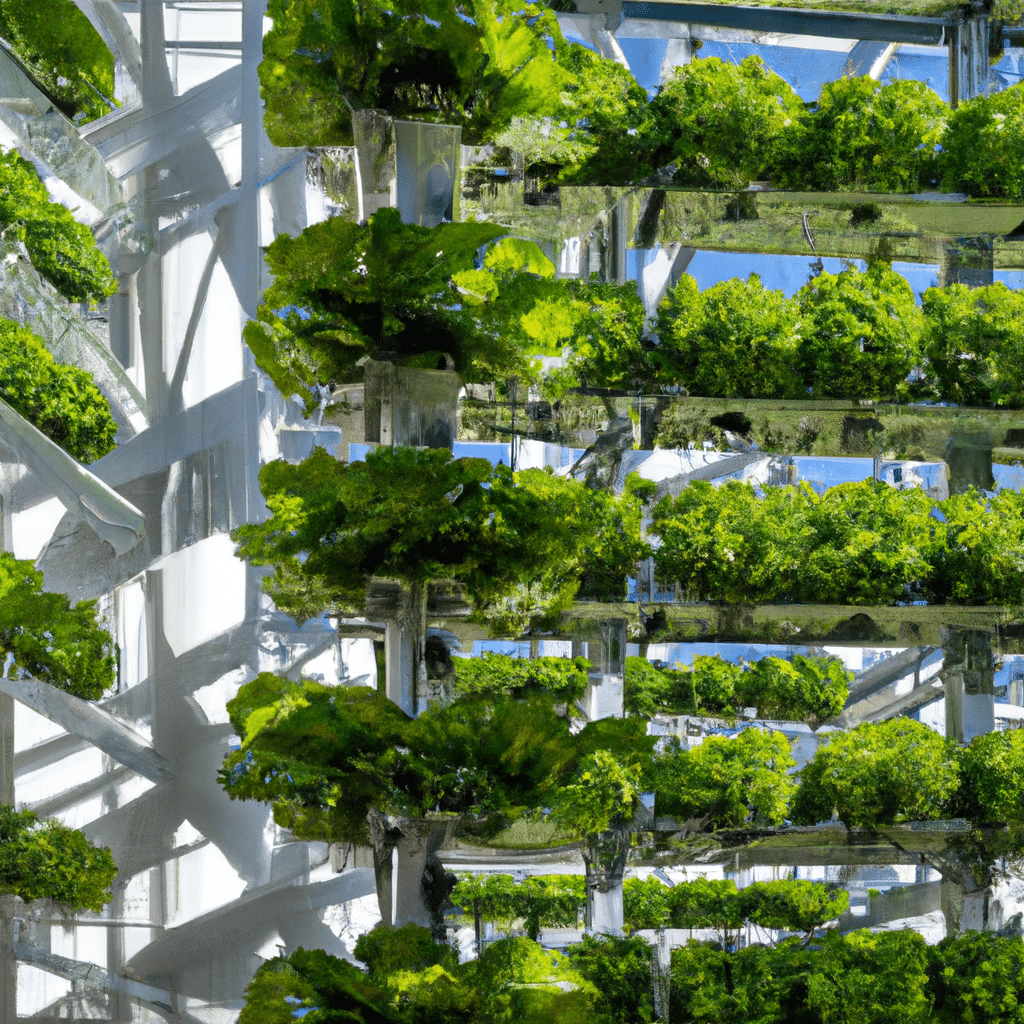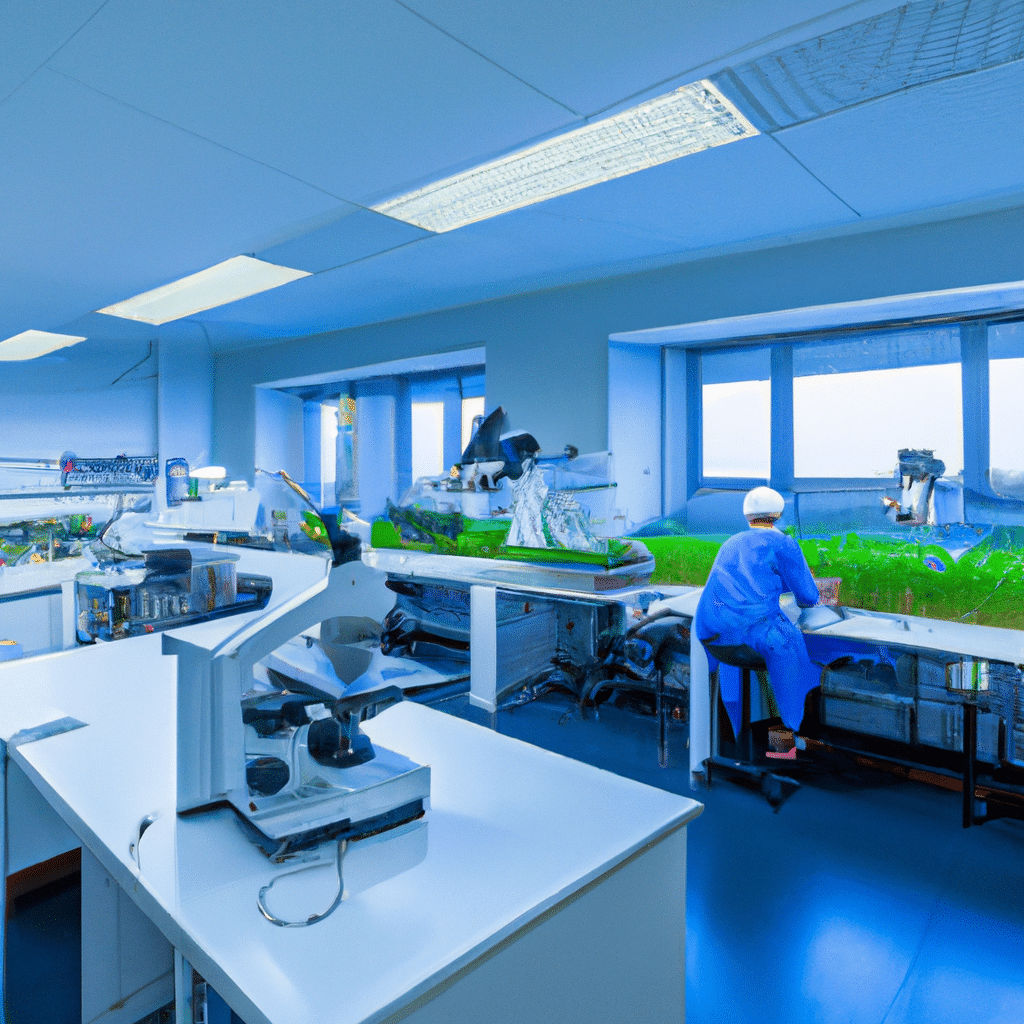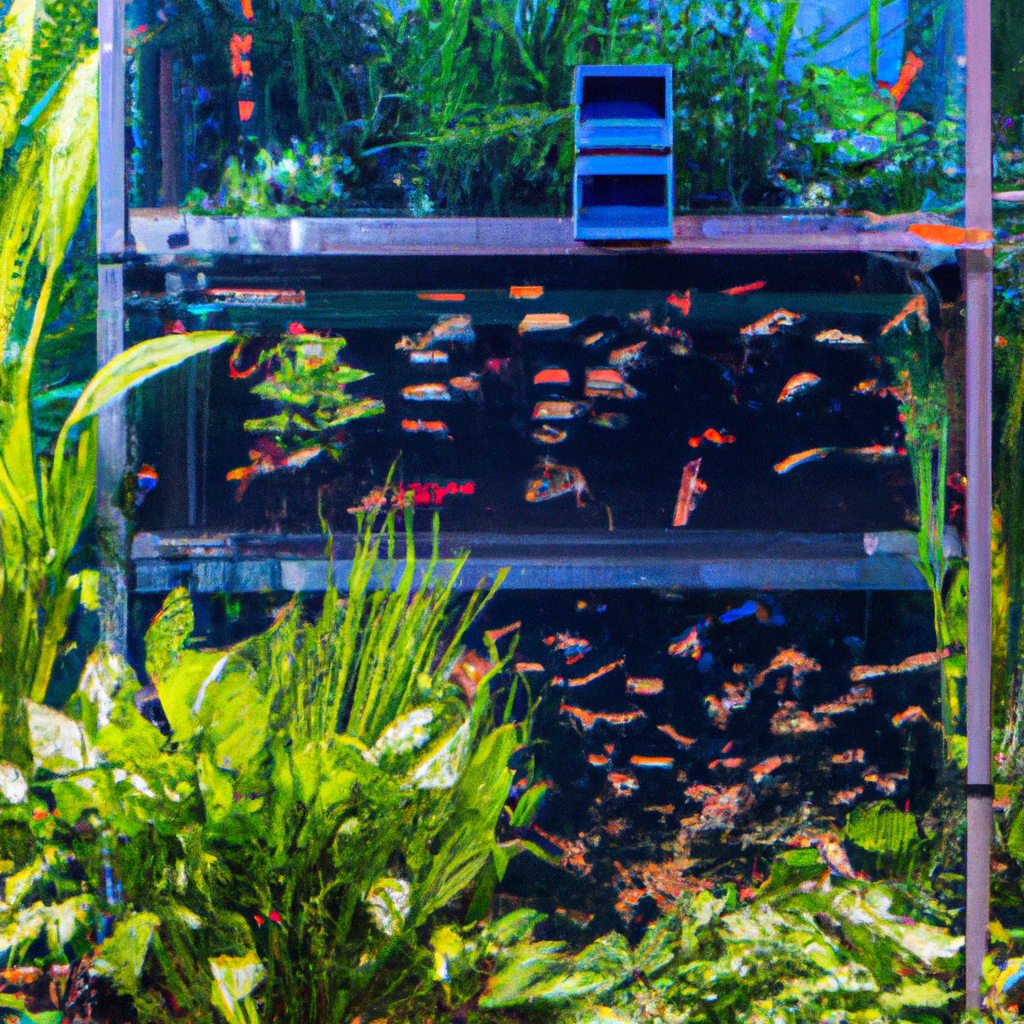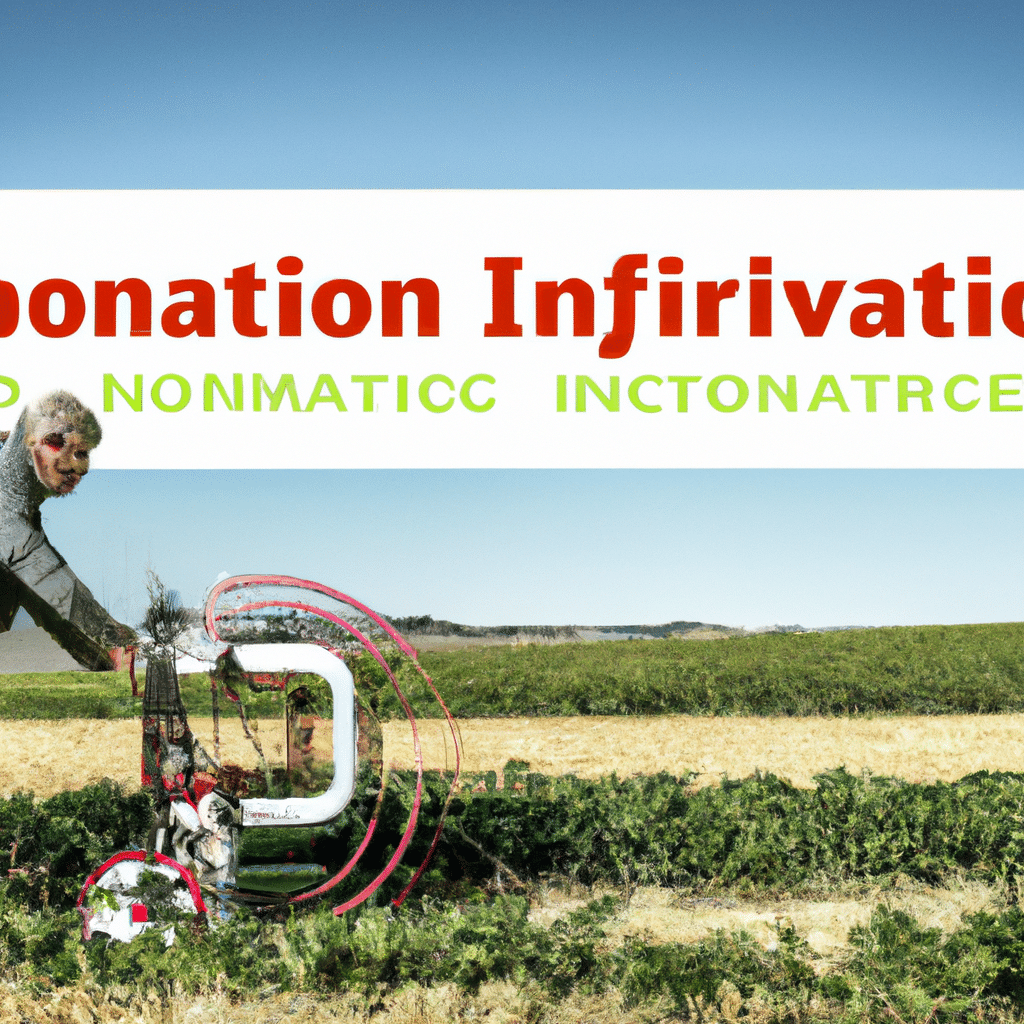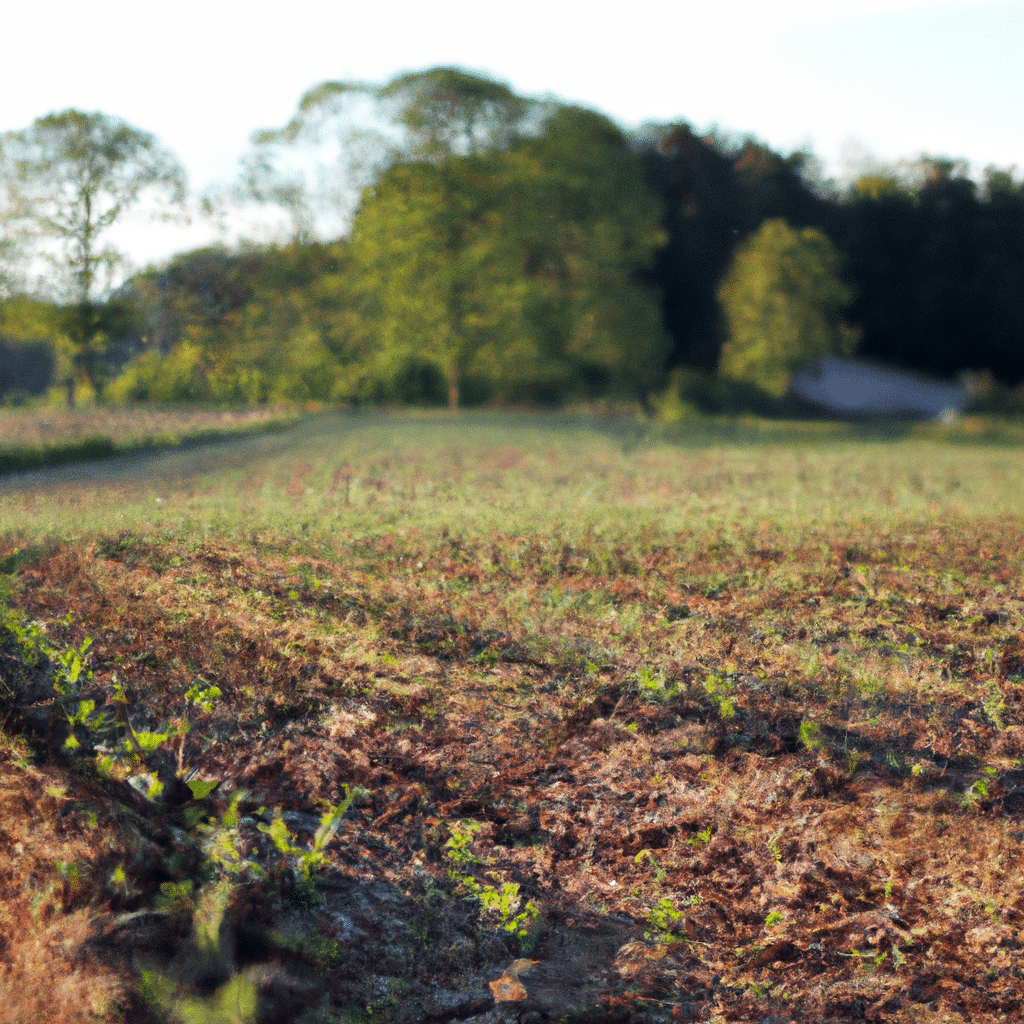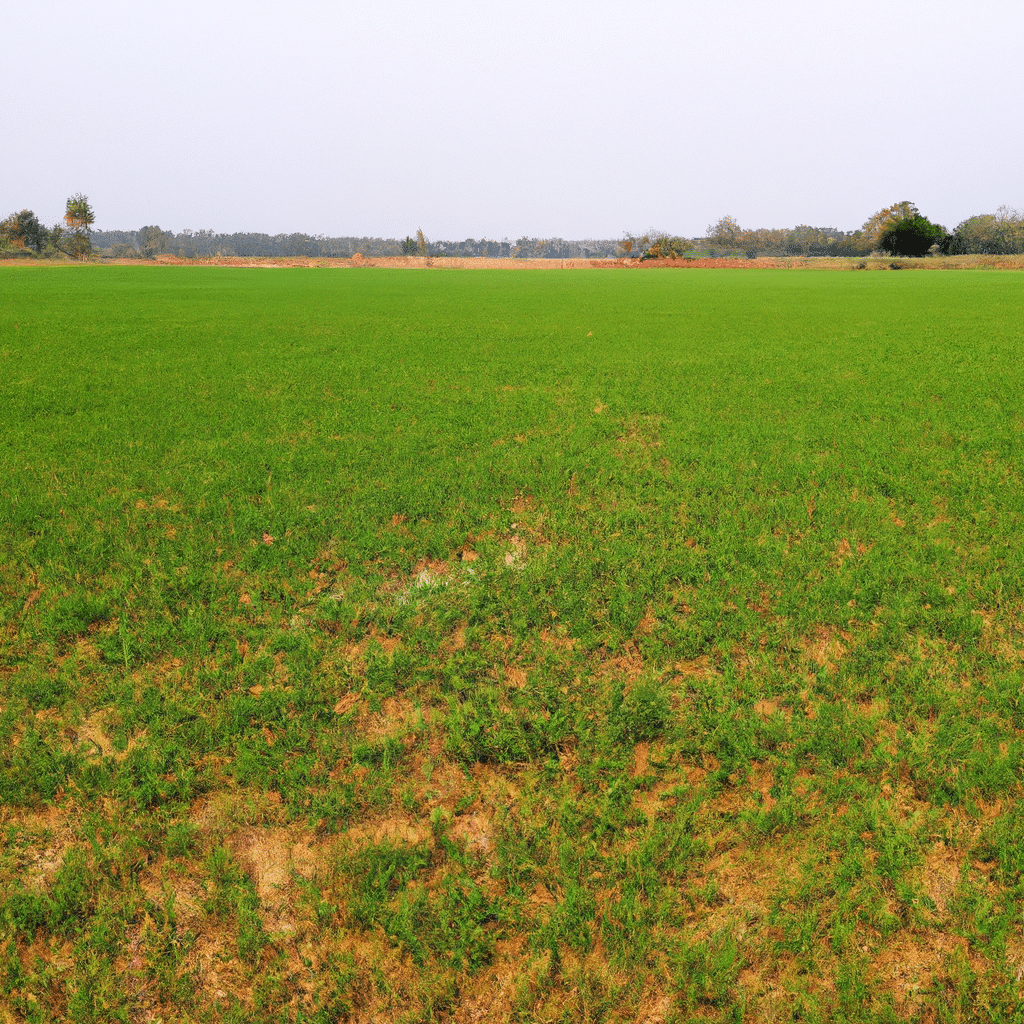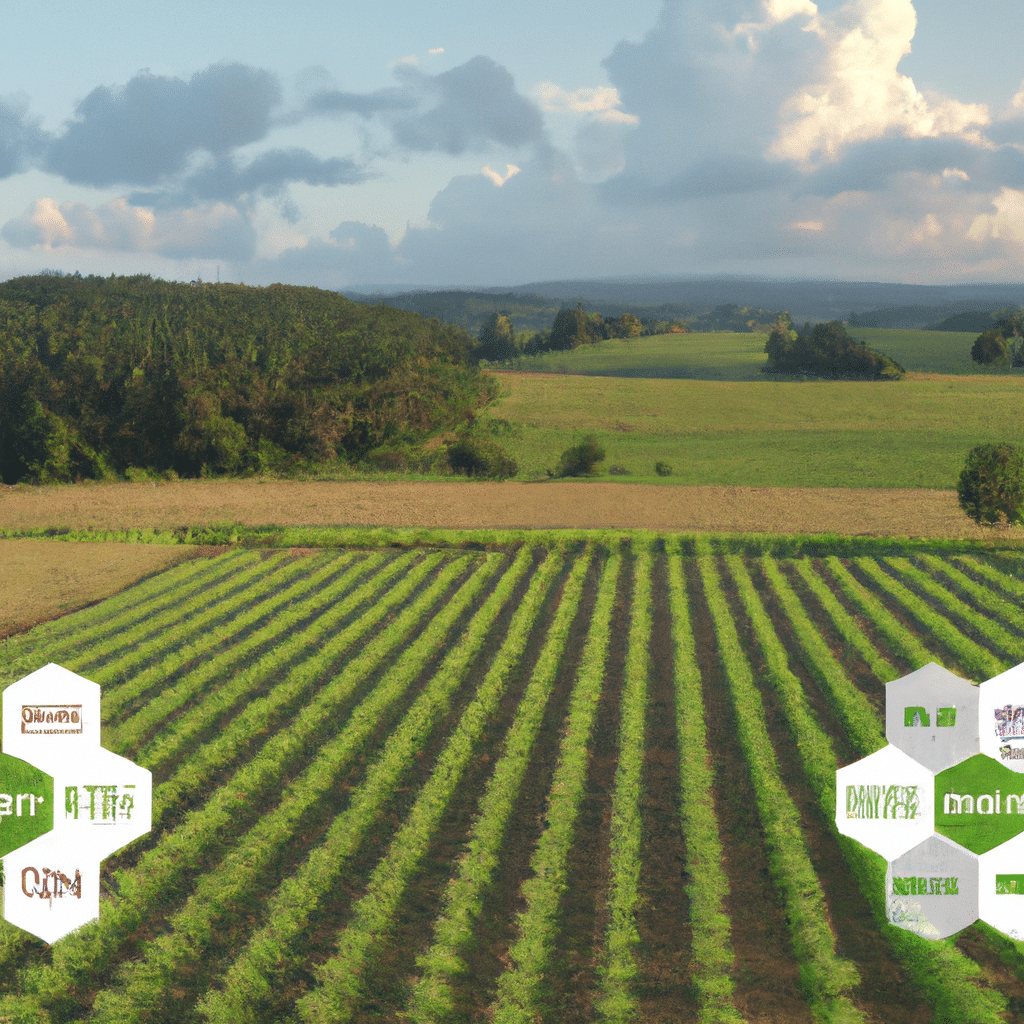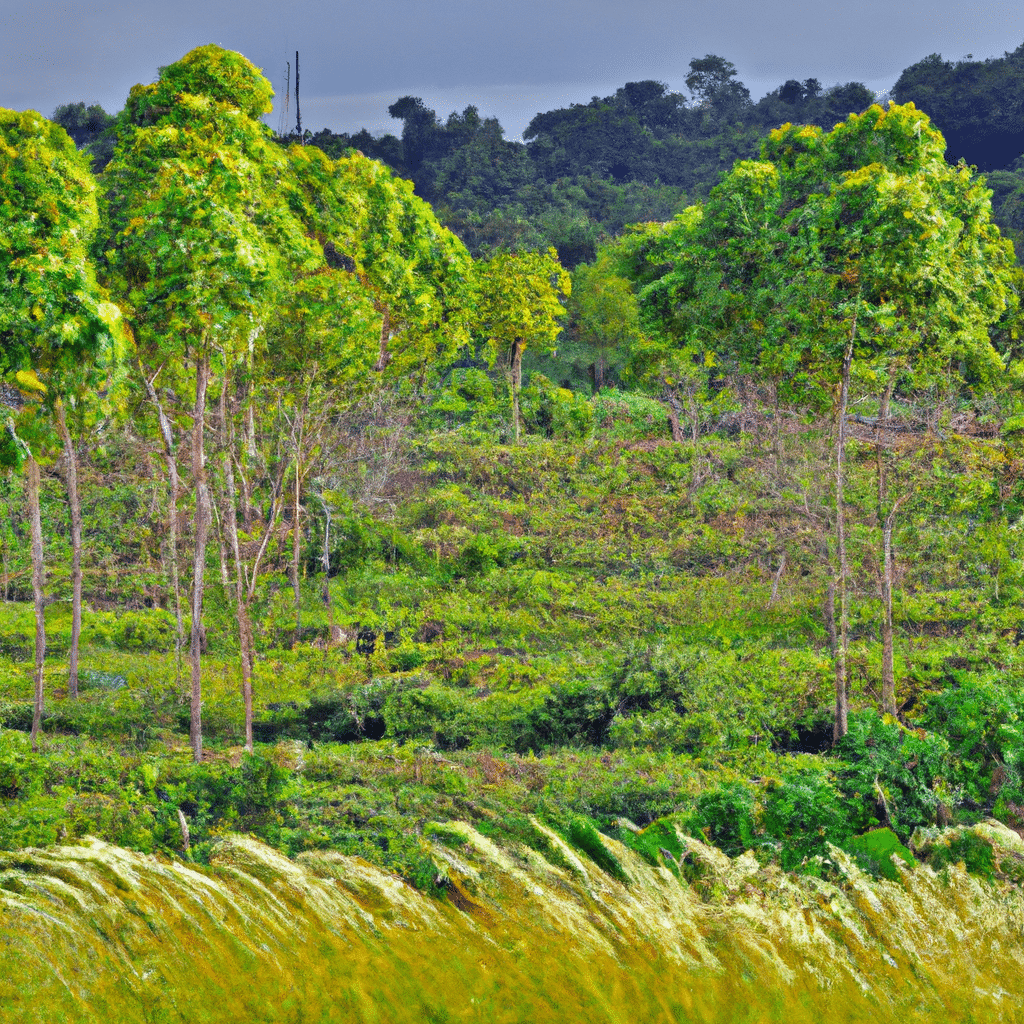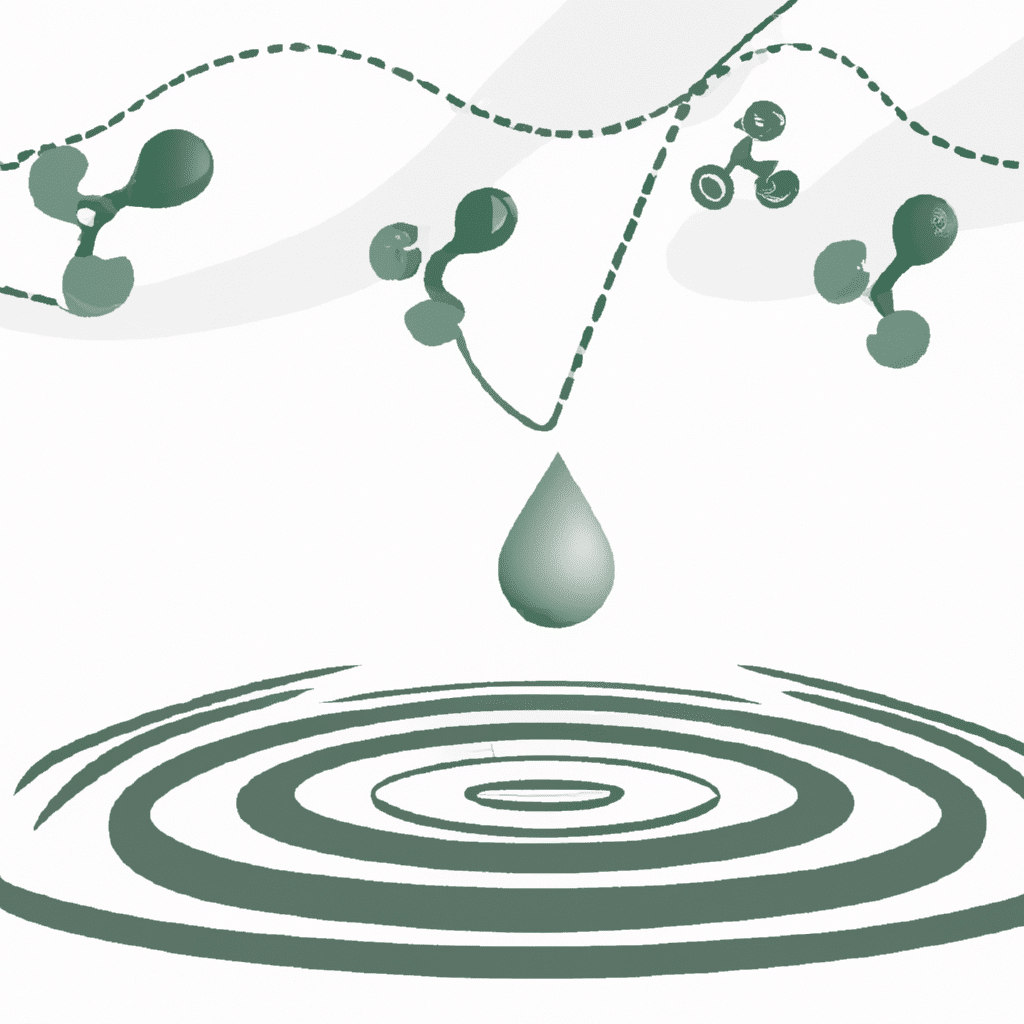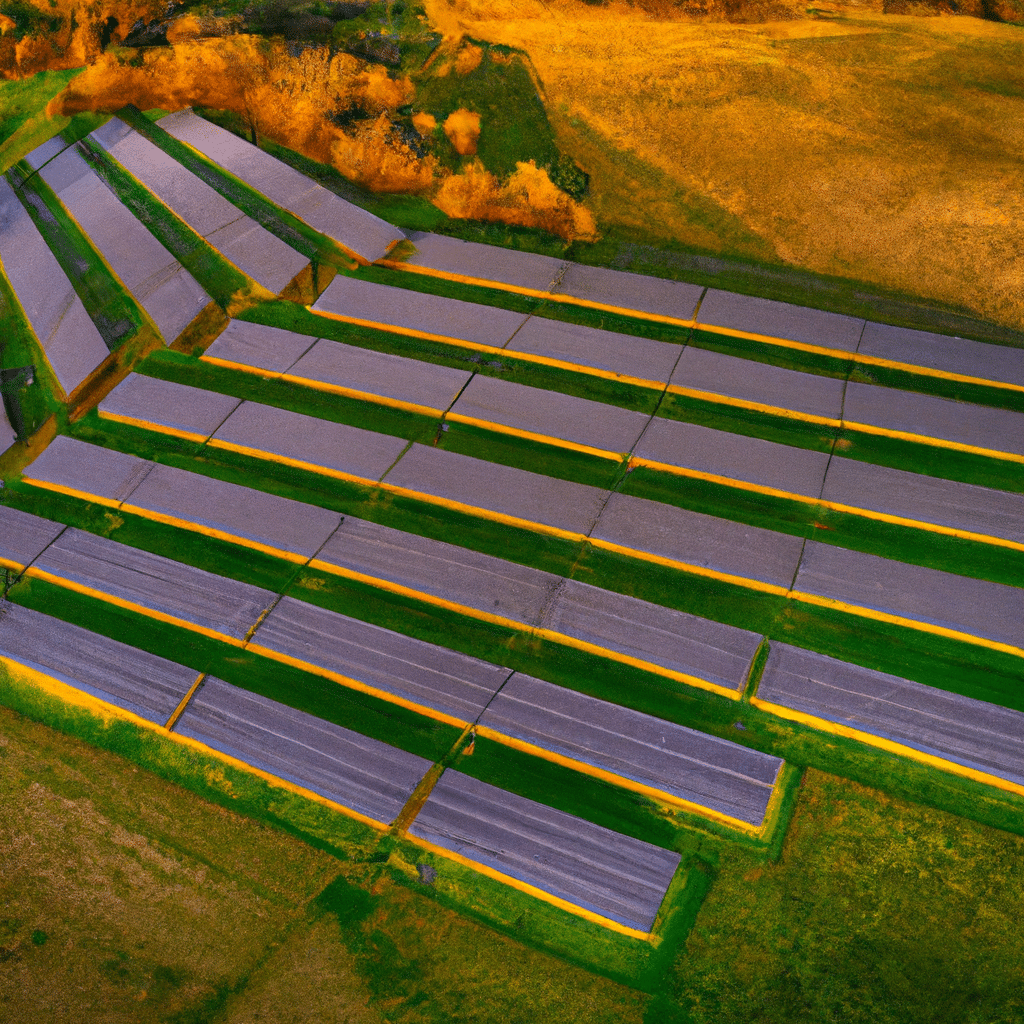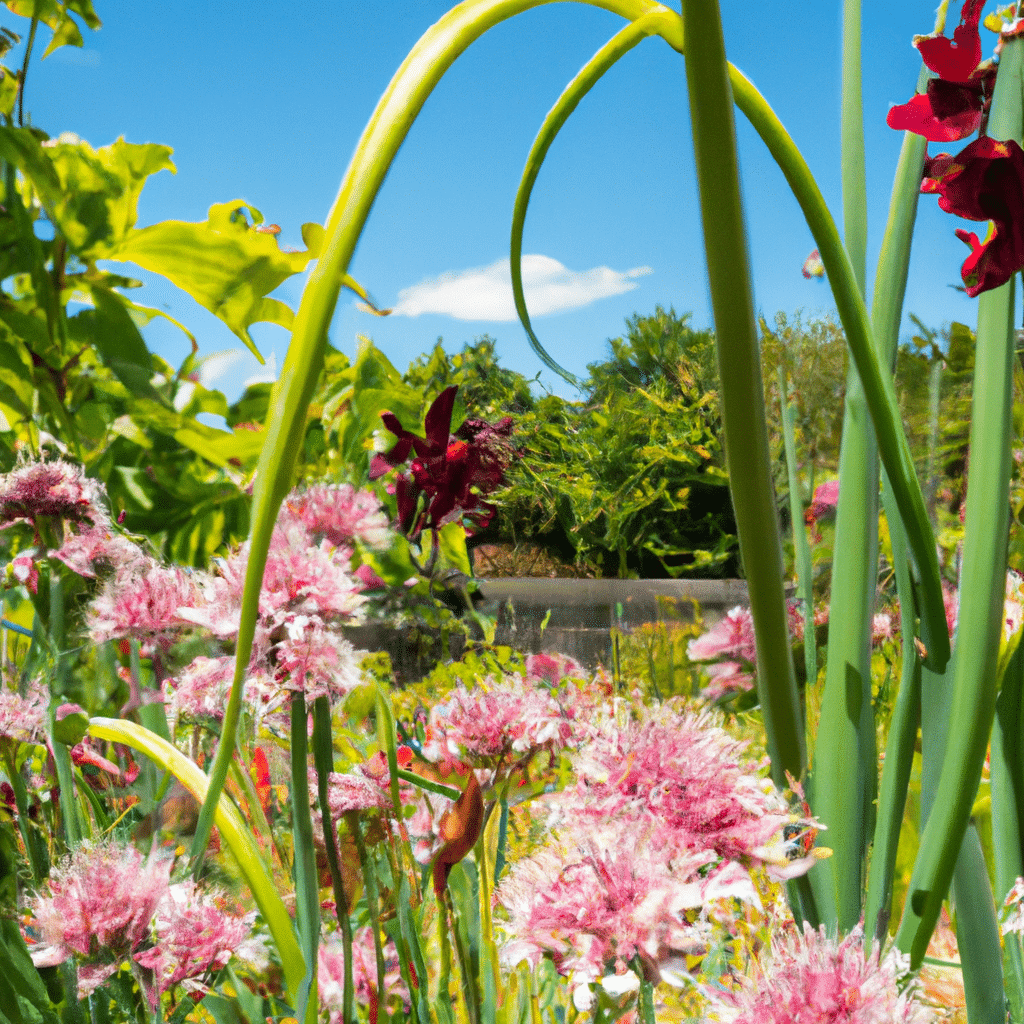In today’s rapidly changing world, there is a growing concern about the environmental impact of various industries. The agriculture sector, in particular, plays a significant role in this global issue. As consumers become more aware of the ecological consequences of traditional farming practices and the excessive use of non-biodegradable packaging, the demand for sustainable alternatives is increasing. In this article, we will delve into the concept of biodegradable farming, explore eco-friendly packaging solutions, and highlight sustainable farming practices that can help protect our planet.
The Rise of Biodegradable Farming
Biodegradable farming, also known as sustainable agriculture, aims to minimize the negative impact of farming activities on the environment. Unlike conventional farming methods, which heavily rely on synthetic fertilizers, pesticides, and non-renewable resources, biodegradable farming focuses on natural and organic techniques. These methods prioritize soil health, biodiversity, and water conservation, ensuring the long-term sustainability of agricultural practices.
Organic Farming: A Key Component of Biodegradable Farming
Organic farming is a fundamental pillar of biodegradable farming. It involves cultivating crops without the use of synthetic chemicals, such as fertilizers and pesticides. Instead, organic farmers adopt alternative approaches, such as crop rotation, composting, and biological pest control, to maintain soil fertility and control pests naturally. By avoiding harmful chemicals, organic farming protects the environment, promotes biodiversity, and produces healthier, chemical-free food.
Regenerative Agriculture: Restoring the Ecosystem
Regenerative agriculture takes sustainability a step further by aiming to restore and improve the health of ecosystems. This approach focuses on enhancing soil quality, sequestering carbon, and promoting biodiversity. Farmers practicing regenerative agriculture use techniques like cover cropping, no-till farming, and agroforestry to rebuild soil structure, increase water retention, and reduce erosion. By adopting these practices, they not only mitigate climate change but also create resilient and sustainable farming systems.
Permaculture: Designing for Sustainability
Permaculture is another crucial aspect of biodegradable farming. It is a holistic approach that mimics natural ecosystems to create sustainable and self-sufficient farming systems. Permaculture principles emphasize the efficient use of resources, including energy, water, and nutrients. By designing landscapes that work harmoniously with nature, permaculture practitioners maximize productivity while minimizing waste and environmental degradation.
Eco-Friendly Packaging Solutions
In addition to sustainable farming practices, the packaging industry is also evolving to address environmental concerns. Traditional packaging materials, such as plastic, often end up polluting our oceans and landfills. However, eco-friendly packaging solutions offer a viable alternative that minimizes waste and reduces carbon footprint.
Biodegradable Packaging: A Sustainable Alternative
Biodegradable packaging materials are designed to break down naturally over time, leaving no harmful residues behind. These materials are typically made from renewable resources, such as plant-based polymers, that can be composted or recycled. By utilizing biodegradable packaging, farmers can reduce their ecological footprint and contribute to a more sustainable future.
Compostable Packaging: Closing the Loop
Compostable packaging goes a step further by not only breaking down naturally but also enriching the soil as it decomposes. Made from organic materials like cornstarch, bamboo, or bagasse (sugarcane residue), compostable packaging can be safely composted along with food waste. This closed-loop system not only reduces waste but also returns valuable nutrients back to the soil, promoting circularity in the packaging industry.
Sustainable Packaging Innovation: Thinking Outside the Box
Innovation in sustainable packaging is constantly evolving, with researchers and companies seeking new materials and technologies to reduce environmental impact. From edible packaging made from seaweed to bioplastics derived from algae, the possibilities are expanding. These innovative solutions not only provide alternatives to traditional packaging but also inspire a shift towards a more sustainable and eco-friendly future.
Conclusion
As we navigate the challenges of the 21st century, it is crucial to prioritize sustainable practices in agriculture and packaging. Biodegradable farming offers a way to cultivate crops while minimizing harm to the environment. By embracing organic farming, regenerative agriculture, and permaculture principles, farmers can build resilient and sustainable food systems. Furthermore, eco-friendly packaging solutions, such as biodegradable and compostable materials, help reduce waste and pollution in the packaging industry.
Together, these sustainable practices and packaging solutions pave the way for a greener future. By choosing biodegradable farming and eco-friendly packaging, we can protect our planet, preserve biodiversity, and ensure a healthier future for generations to come. Let us embrace these alternatives and be part of the solution to create a more sustainable and environmentally conscious world.
